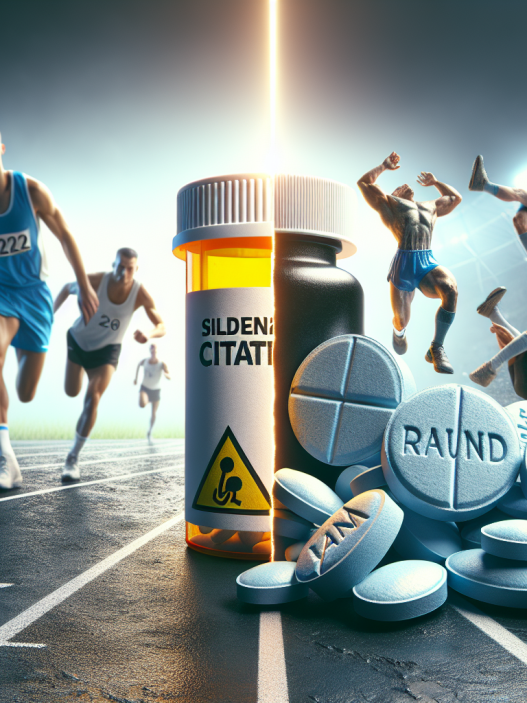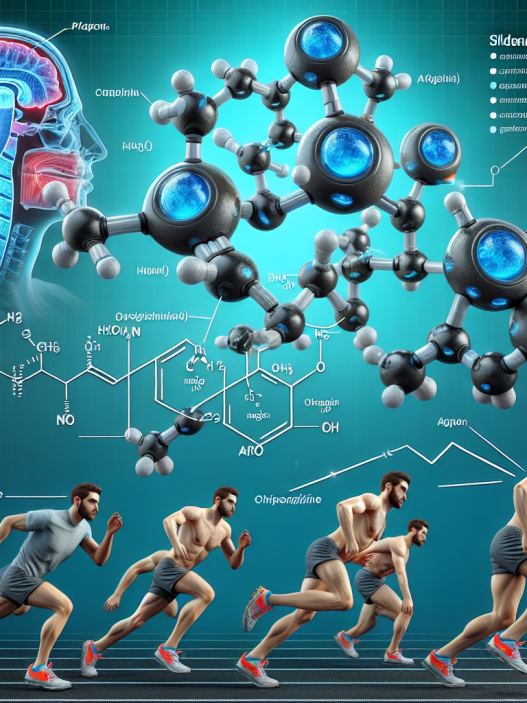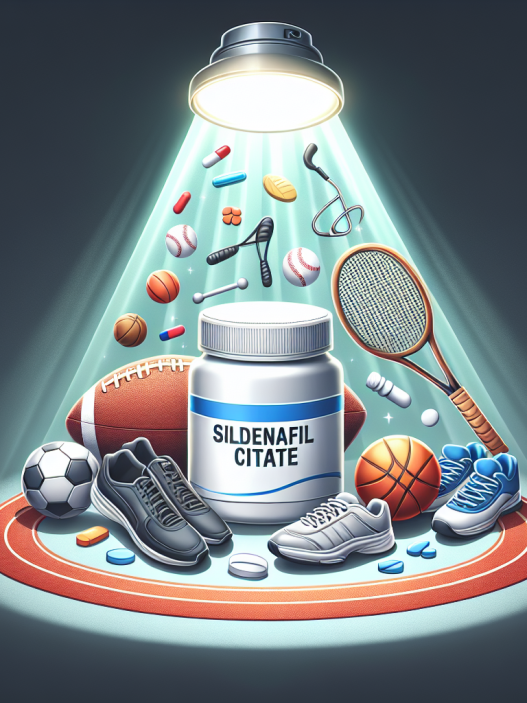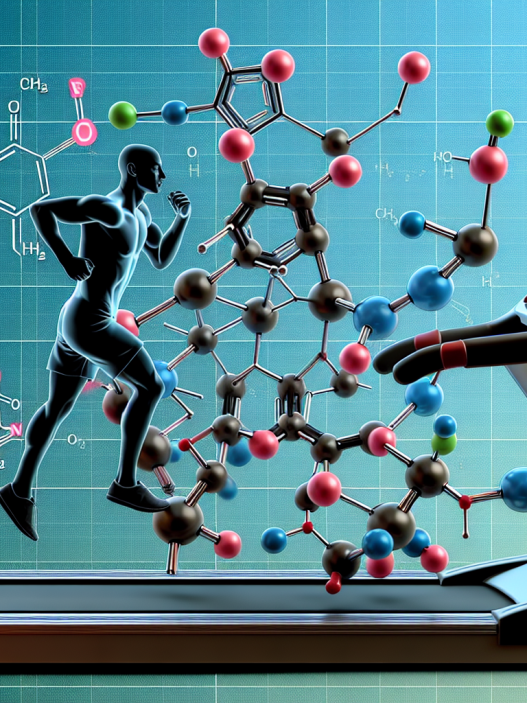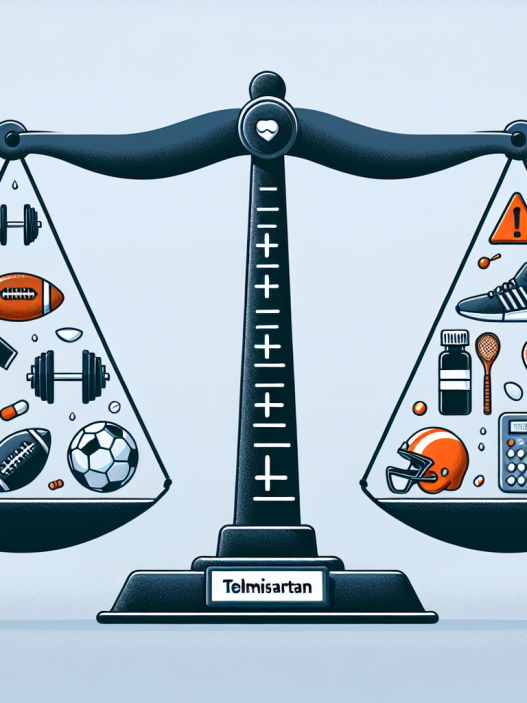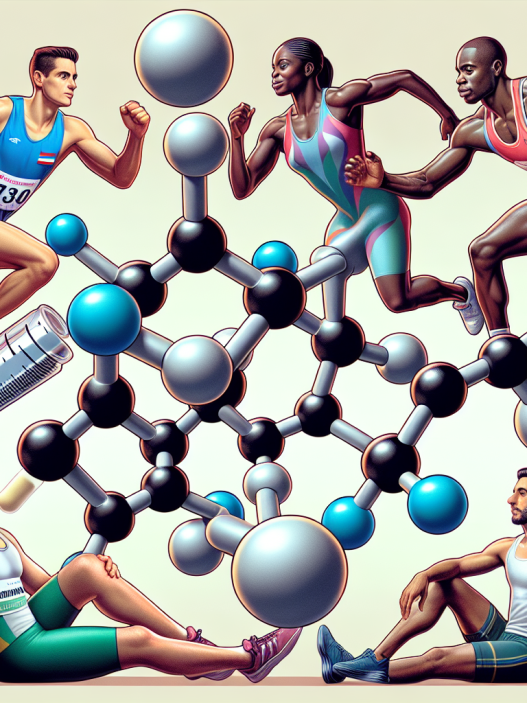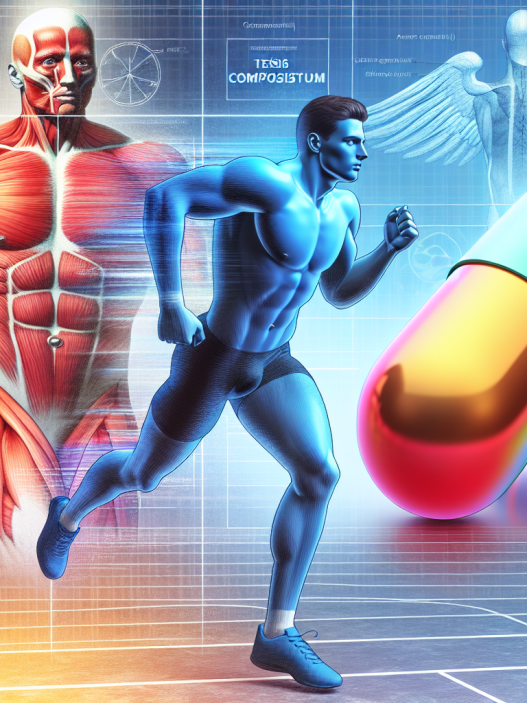-
Table of Contents
Modafinil (Provigil): Potential Ergogenic in the World of Sports
In the world of sports, athletes are constantly seeking ways to gain a competitive edge and improve their performance. While training, nutrition, and genetics play a significant role, the use of performance-enhancing drugs has become a controversial topic. However, there is one drug that has been gaining attention for its potential to enhance athletic performance without the negative side effects commonly associated with other substances – modafinil.
The Rise of Modafinil in Sports
Modafinil, also known by its brand name Provigil, is a wakefulness-promoting drug that was originally developed to treat sleep disorders such as narcolepsy and sleep apnea. However, it has gained popularity in recent years as a cognitive enhancer and has been used off-label by individuals looking to improve their focus, alertness, and productivity.
But it’s not just students and professionals who are turning to modafinil. Athletes have also started using this drug as a potential ergogenic aid to enhance their physical performance. In fact, a study published in the Journal of Applied Physiology found that modafinil improved endurance performance in cyclists by 3% (Roelands et al. 2009). This may not seem like a significant improvement, but in the world of sports where every second counts, even a small enhancement can make a big difference.
The Mechanism of Action
So how exactly does modafinil work to enhance athletic performance? The exact mechanism of action is not fully understood, but it is believed to work by increasing the levels of dopamine, norepinephrine, and histamine in the brain. These neurotransmitters are responsible for regulating wakefulness, attention, and motivation, which are all crucial for athletic performance.
Additionally, modafinil has been shown to decrease the levels of the neurotransmitter GABA, which is responsible for inhibiting brain activity. This may explain why modafinil is able to improve focus and alertness without causing the jittery and anxious feelings commonly associated with other stimulants.
Benefits for Athletes
Aside from its potential to improve endurance, modafinil has other benefits that can be advantageous for athletes. One of the most significant benefits is its ability to reduce fatigue and increase alertness. This can be especially beneficial for athletes who have to compete in multiple events or for long periods of time, such as in endurance sports like cycling or triathlons.
Modafinil has also been shown to improve reaction time and decision-making abilities, which can be crucial in sports that require quick reflexes and strategic thinking, such as tennis or basketball. Additionally, it has been reported to improve mood and motivation, which can be beneficial for athletes who may experience performance anxiety or lack of motivation.
Pharmacokinetics and Dosage
Modafinil is typically taken orally and is rapidly absorbed into the bloodstream. It has a half-life of approximately 12-15 hours, meaning it can stay in the body for a significant amount of time. This is important for athletes who may have to compete in multiple events or for long periods of time.
The recommended dosage for modafinil is 200mg per day, taken in the morning. However, some athletes may choose to take a higher dose, up to 400mg per day, to achieve a more significant effect. It is important to note that modafinil is a prescription drug and should only be taken under the supervision of a healthcare professional.
Side Effects and Risks
While modafinil has been shown to have a low risk of side effects, it is not without its risks. Some common side effects include headache, nausea, and insomnia. However, these side effects are typically mild and can be managed by adjusting the dosage or taking the drug earlier in the day.
There is also a risk of dependence and abuse with modafinil, as with any other stimulant. Athletes should be cautious and use the drug responsibly, as it can be tempting to rely on it for every competition or training session. It is important to note that modafinil is a banned substance in sports competitions and athletes who test positive for it may face penalties.
Real-World Examples
Modafinil has gained attention in the sports world due to its use by high-profile athletes. In 2015, tennis player Maria Sharapova tested positive for modafinil and was subsequently banned from competition for 15 months. While she claimed to have been prescribed the drug for a medical condition, it sparked a debate about the use of modafinil in sports.
Another example is British cyclist David Millar, who openly admitted to using modafinil during his career. In an interview with The Guardian, he stated, “I used it to train harder and longer, to push myself further than I’d ever gone before” (Millar, 2012). While he acknowledges the potential risks and ethical concerns, he also believes that modafinil can be used responsibly and effectively in sports.
Expert Opinion
Dr. Mark Stuart, a sports pharmacologist and professor at the University of Nottingham, believes that modafinil has the potential to be a valuable ergogenic aid for athletes. In an interview with The Guardian, he stated, “It’s a very interesting drug because it’s not a stimulant in the traditional sense. It doesn’t have the same side effects as amphetamines or caffeine” (Roach, 2012). He also believes that more research is needed to fully understand the effects and risks of modafinil in sports.
Conclusion
In conclusion, modafinil has the potential to be a game-changer in the world of sports. Its ability to improve endurance, focus, and alertness without the negative side effects of other stimulants makes it an attractive option for athletes looking to enhance their performance. However, it is important to use this drug responsibly and under the supervision of a healthcare professional. More research is needed to fully understand the effects and risks of modafinil in sports, but it is clear that it has the potential to be a valuable ergogenic aid for athletes.
References
Roelands, B., De Pauw, K., Meeusen, R. (2009). Neurophysiological effects of modafinil in sleep-deprived cyclists: a randomized controlled trial. Journal of Applied Physiology, 107(4), 1253-1261.
Millar, D. (2012). David Millar: ‘I used EPO and testosterone to train harder’. The Guardian. Retrieved from https://www.theguardian.com/sport/2012/jul/06/david-millar-ep










